10 Iconic Floral Still Lifes You Need to Know
Flowers have long been a central theme in still-life painting. Each flower carries its own symbolism. For example, they can represent innocence,...
Errika Gerakiti 6 February 2025
One of my favorite parts of the Halloween season is the scary and cult classic movies shown on repeat all month long. The fact is, we can actually watch them all year round, not only on Halloween. And one of my favorites is Hocus Pocus. While it may not fall within the realm of “scary”, it is definitely a cult classic that must be watched at least once every year. Witches have been part of our visual culture for centuries. But how is witchcraft represented in art? And why do we still find witches creepy and unnerving after several centuries?
What was the draw towards witches throughout history? The mystical nature of witches (or supposed witches) largely focused on the “evil” aspects of their existence; on their connection with dark forces as children of Satan. However, in general, we have not always been interested in the grotesque or creepiness of the theme. Conversely, we have been more focused on the spectacle of accusing witches and condemning them to their deaths.
The theme of witchcraft has prevailed throughout history and in various cultures. Depicting witches as grotesque or scary appeals to the notion that they are below “normal” beings, that we are able to debase them because of what they are. It is only recently in modern history that we see artists portraying witches as seductive people. I have yet to decide for myself whether that is owed to the further blurring of Pagan and Christian beliefs and practices, or to an overall better understanding of the theme.
Oddly enough, Francisco Goya has a decently sized collection of artworks dealing with witches and witchcraft. Below is one plate from a larger collection of overall gruesome or morbid scenes.
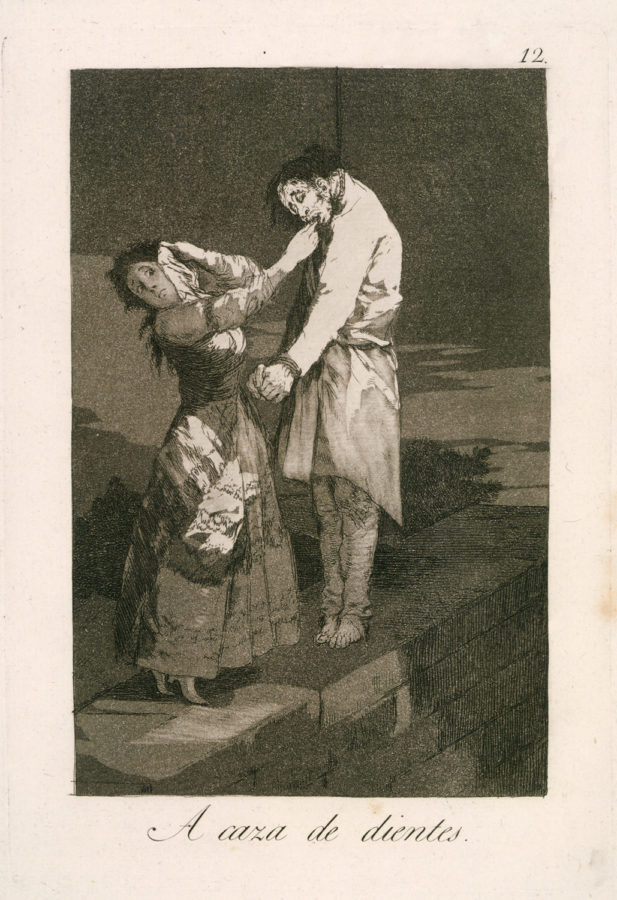
This next piece does not lose its whimsy and odd character, but perhaps it is less dark than the plate above. (Of course, if you exclude the skeleton baby and the spear of children in the background of the painting!)

Henry Fuseli, the Swiss artist, favored supernatural themes in his works, as shown below.
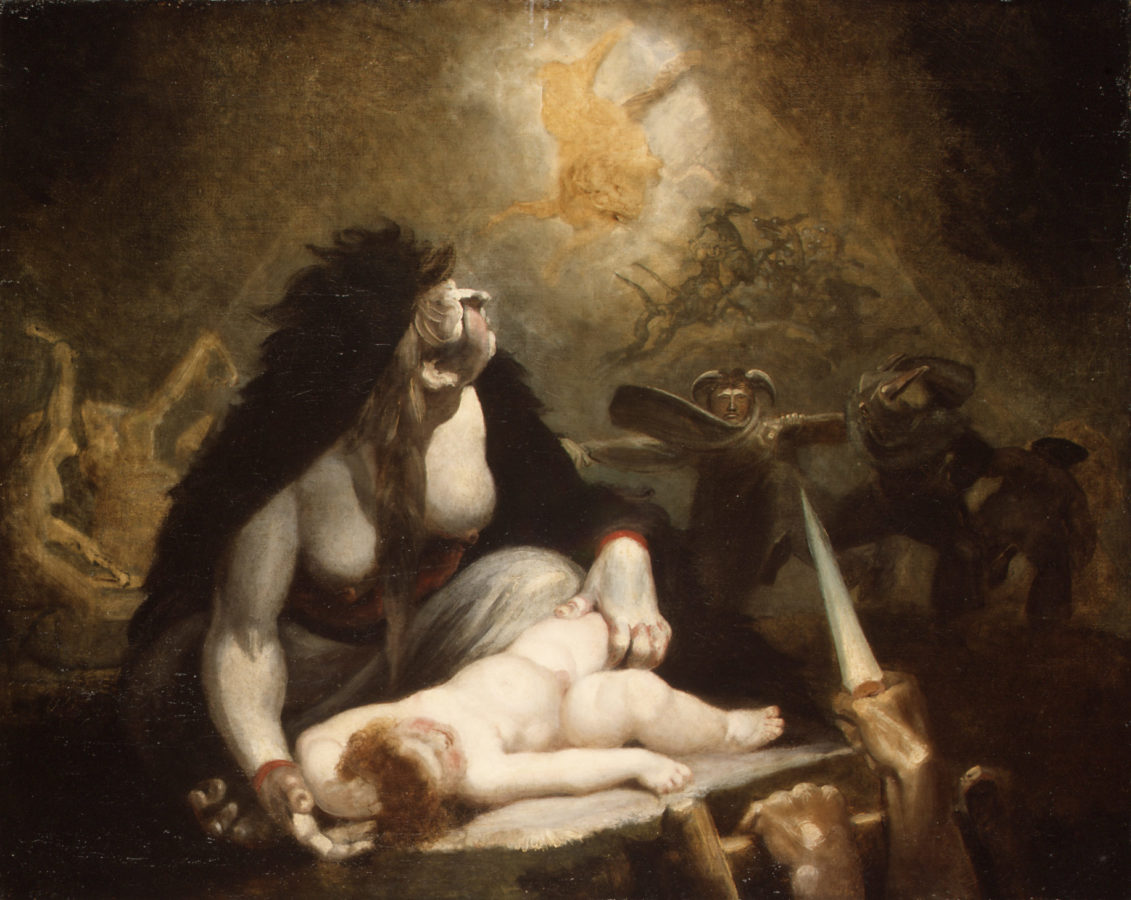
Hans Baldung Grien was a German artist who was infatuated with traditional religious scenes as well as those dealing with the supernatural and erotic.
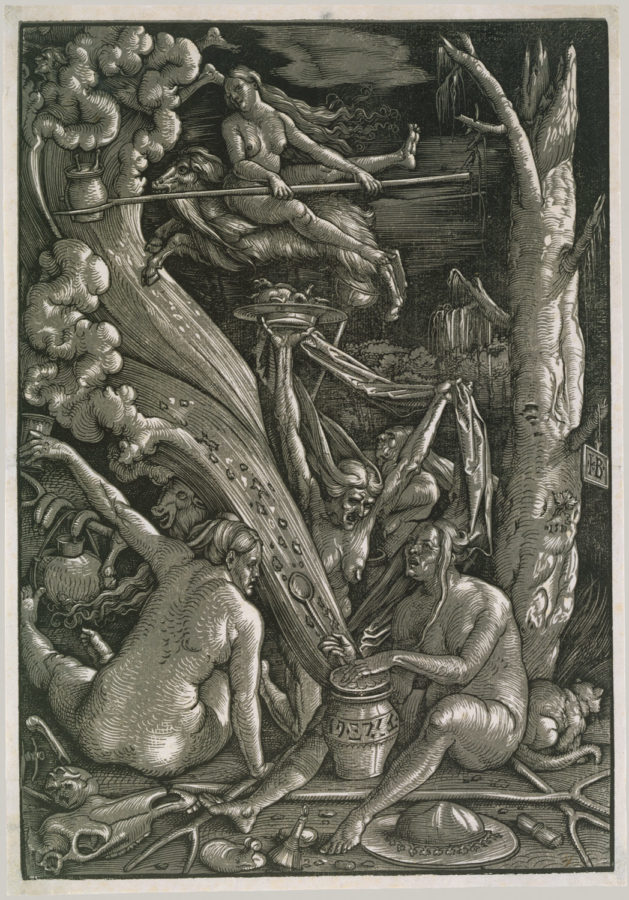
Here is a colored version of the same artwork.
An English artist, John Raphael Smith at one point became fascinated with imaginative and disturbing subjects. This engraving is based on the work of the aforementioned Henry Fuseli, and is ominous in nature, fitting in with his style.
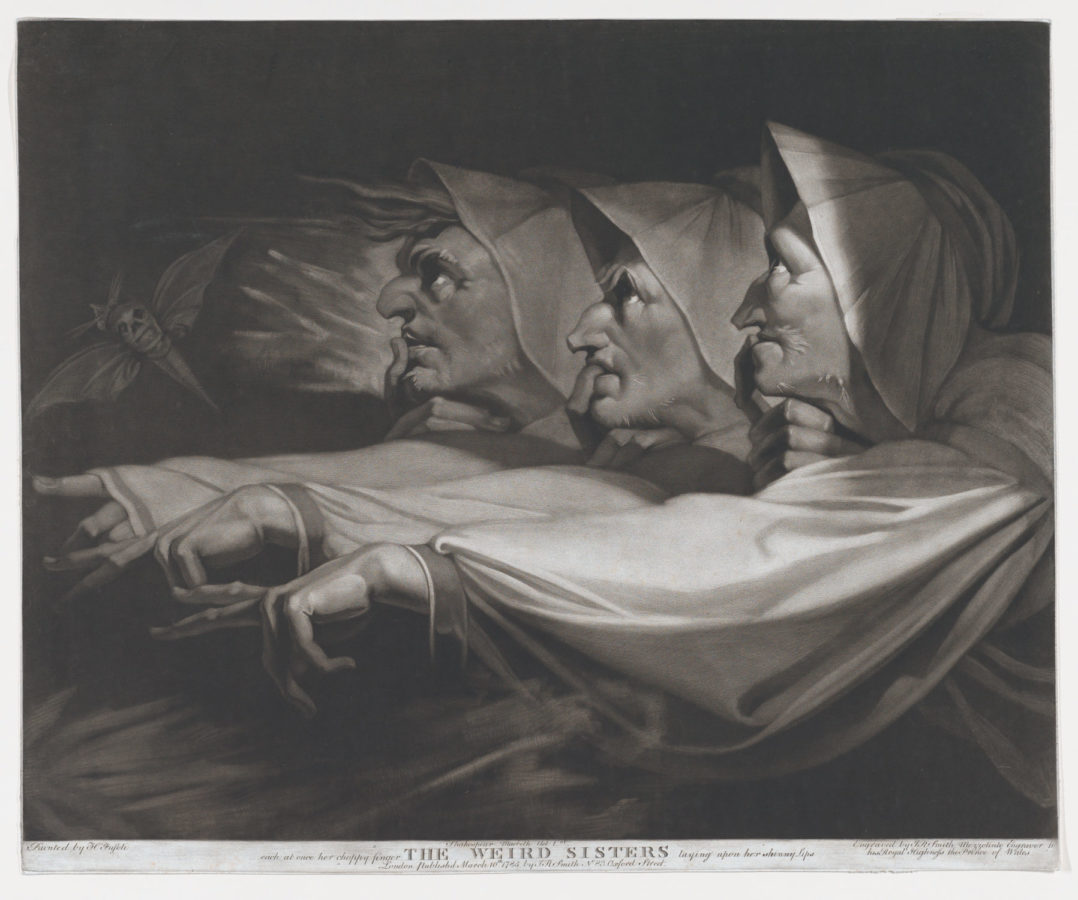
Here is another version, similar in subject and theme, of the witches from Macbeth by 18th-century artist John Runciman. This Scottish painter was well-known for his literary and Biblical paintings and drew heavily from the works of William Shakespeare.
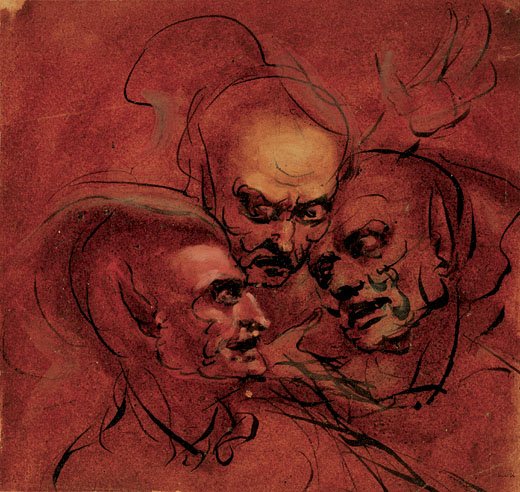
In current-day mainstream media, witches and witchcraft are commonplace. Hocus Pocus, Bewitched, Sabrina the Teenage Witch, Charmed, Supernatural, American Horror Story, Buffy the Vampire Slayer, Angel, Salem, Vampire Diaries, The Originals… There appears to be no end in sight for the ever-growing list, and this is just a small selection of television shows. Besides television and movies, the theme of witches and witchcraft has also filled our literature.

It seems that every corner we turn, we are met with an ode to the history of witches, whether good or bad, and a lot of it comes out of the shadows during October and the festival known as Halloween, or Samhain. In 2018, Netflix released a new Sabrina the Teenage Witch series, Chilling Adventures of Sabrina. Rather than dealing with lighter subjects, Greendale’s young witch is faced with much heavier themes. The Weird Sisters are even portrayed in the show as eerie, yet beautiful students who are acquainted with Sabrina’s coven.
DailyArt Magazine needs your support. Every contribution, however big or small, is very valuable for our future. Thanks to it, we will be able to sustain and grow the Magazine. Thank you for your help!